6 forgotten facts about Singapore’s World War II era
For many History students, World War II is one of those important yet inaccessible topics. After all, it took place over 70 years ago (1943 – 1945), and it’s hard to imagine how modern day Singapore would have been like during those times. But as the saying goes, those who do not learn from history are doomed to repeat it.
World War II was an event that still has repercussions in Singapore today (as it does in many countries). It set into motion a series of events that have led us to where we are today. And if you think about it, it’s pretty impressive that two world forces were actually fighting for such a small island. A battle was even named after us, and there are entire Wikipedia entries that detail our fall and the battles that transpired.
So here’s a chance to impress your History teachers. Just name drop any one of these World War II facts, and you’ll seem like a veritable history buff. See, The Popping Post is educational for you too!
1. Singapore was called Syonan-to during the Japanese occupation
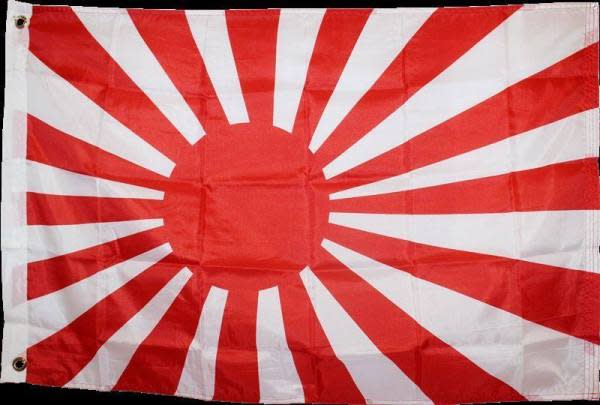
Japanese military flag. Credit: FLAGS of USA and the World Facebook Page
On 15 February, 1942, Britain surrendered Singapore to Japan. Before that, Raffles had come to Singapore and colonised it for the British, which was why we were under British rule at that time.
The Japanese gave Singapore a new name – Syonan-to, which meant “Light of the South”. We were south of Japan, and one of the more significant territories that they had captured. Of course, we got back our rightful name, Singapore, after the war. But for a brief period, we were called Syonan-to.
2. There was a Battle for Singapore – and it lasted for a week
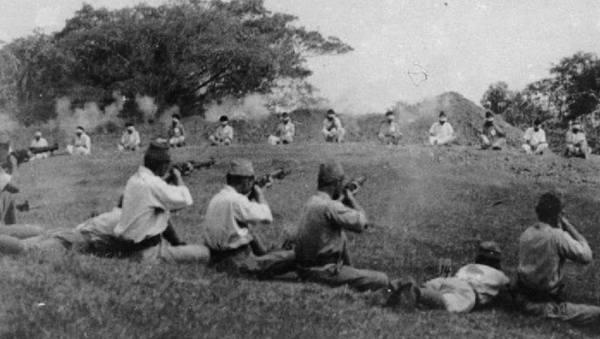
A pitched battle. Credit: British & Commonwealth Forces Facebook Page
Singapore was known as the “Gibraltar of the East” (although we’d like to say that maybe Gibraltar should be known as the “Singapore of the West”), thanks to its strategic position for British forces. It’s no surprise, then, that the Axis powers attacked and captured it. The Japanese had already been advancing down the West Malaysian peninsula for two months before they started their attack on Singapore.
The Battle for Singapore lasted from 8 to 15 February 1942, and yes, it ended on Chinese New Year. That must have been the most suay Chinese New Year in all of Singapore’s history.
You know what was the other name for the “Battle of Singapore”? The “Fall of Singapore”. As you can see, it was a really, really terrible outcome for the Allies.
3. The Fall of Singapore was “the worst disaster” in British military history
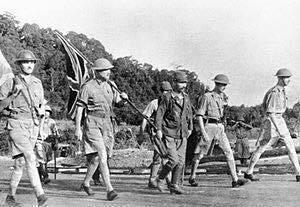
Troops. Credit: British History Facebook Page
Even Winston Churchill, the British Prime Minister, called the Fall of Singapore “the worst disaster” in British military history. Now imagine a super serious uncle saying that in a thick British accent. You can see the gravity of the situation now, right?
80,000 Indian, Australian, and British troops were captured as a result of the Fall of Singapore. This was a serious loss for the Allied troops, and it’s understandable why this must have been the darkest hour for the Allied forces.
4. Japanese ships in Singapore were attacked by the Z Special Unit
One of the reasons why our Naval Diving Unit is so important is that they protect us from underwater mines, or basically people trying to blow up ships in Singapore with underwater bombs. Sounds far-fetched? Well, that’s exactly what the Z Special Unit did to Japanese ships during World War II.
The Z Special Unit was a real commando unit of the Allies during World War II, and they were as close to real-life Avengers as you’d ever get. They even had a boat with a cool name – Krait (a krait is a small, deadly snake).
They carried out Operation Jaywick (named after a popular toilet air freshener back then), and attacked seven Japanese ships on 26 September, 1943. Subsequent operations were not as successful, but the fact that an Avengers-style team actually came to Singapore during World War II is perhaps one of the more colourful aspects of the war.
5. Sook Ching: the purge of anti-Japanese forces in Singapore
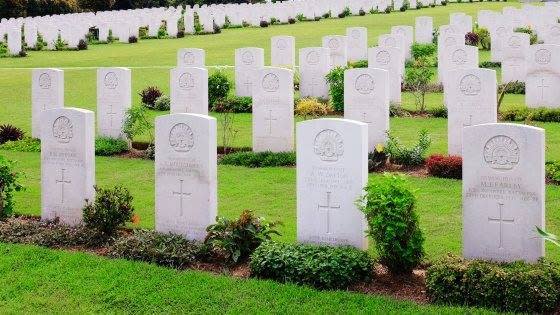
Memorial site for the victims of Sook Ching. Credit: PACE 48 Facebook Page
Of course, after Operation Jaywick, the Japanese were not too happy. They didn’t suspect that it was a special commando unit that sank those ships, and went after local Chinese and Malays instead. That event became known as the Double Tenth incident, because it was on 10 October, 1943 that the Japanese Military Police (the Kempeitai) arrested and tortured 57 civilians on the suspicion of their involvement with Operation Jaywick.
But this didn’t come out of the blue. Before the Double Tenth incident, the Kempeitai had already begun rounding up suspected Chinese incidents through the Sook Ching, the systematic purging of suspected hostile Chinese elements. The death toll varies wildly according to different accounts, between 50,000 to 100,000 young men.
Many of the sites today that are supposedly haunted by ghosts from the World War II era are Sook Ching execution sites, such as Changi Beach and the Belakang Mati Beach (better known today as Sentosa).
6. Japan’s surrender was signed at Municipal Building – better known as City Hall today
If you’re suaku like me, you’ll have wondered why City Hall is so significant. After all, there’s an entire MRT station named after it, but we don’t really head down to the actual City Hall building all that often, right?
Here’s why.
On 12 September, 1945, Japan surrendered Singapore back to the British. It was signed at Municipal Building – known as City Hall today.
Today, the old City Hall building is better known as the National Gallery Singapore. It was gazetted as a national monument in 1992, on Valentine’s Day.
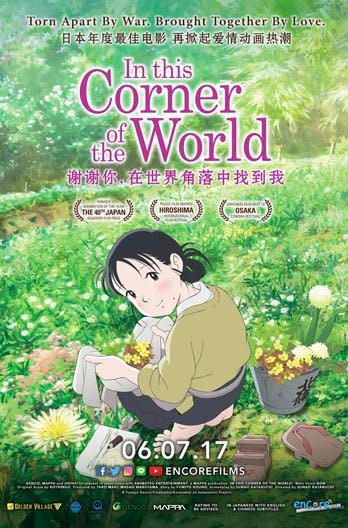
In This Corner of the World. Credit: Golden Village Cinemas
Have you ever thought what World War II was like for the civilians of Japan? In This Corner of the World shows us what it was like for the ordinary citizens of Japan. It tells the tale of Suzu (voiced by Non), a young girl with a talent for drawing, who lived during wartime Japan. Originally from the city of Hiroshima, she moved to the nearby port city of Kure – only to witness what must have been the most horrific sight of her life.
What would life have been like In This Corner of the World?
Credits: British History Facebook Page, FLAGS of USA and the World Facebook Page, British and Commonwealth Forces Facebook Page, PACE 48 Facebook Page, Golden Village Cinemas
The post 6 forgotten facts about Singapore’s World War II era appeared first on The Popping Post.

